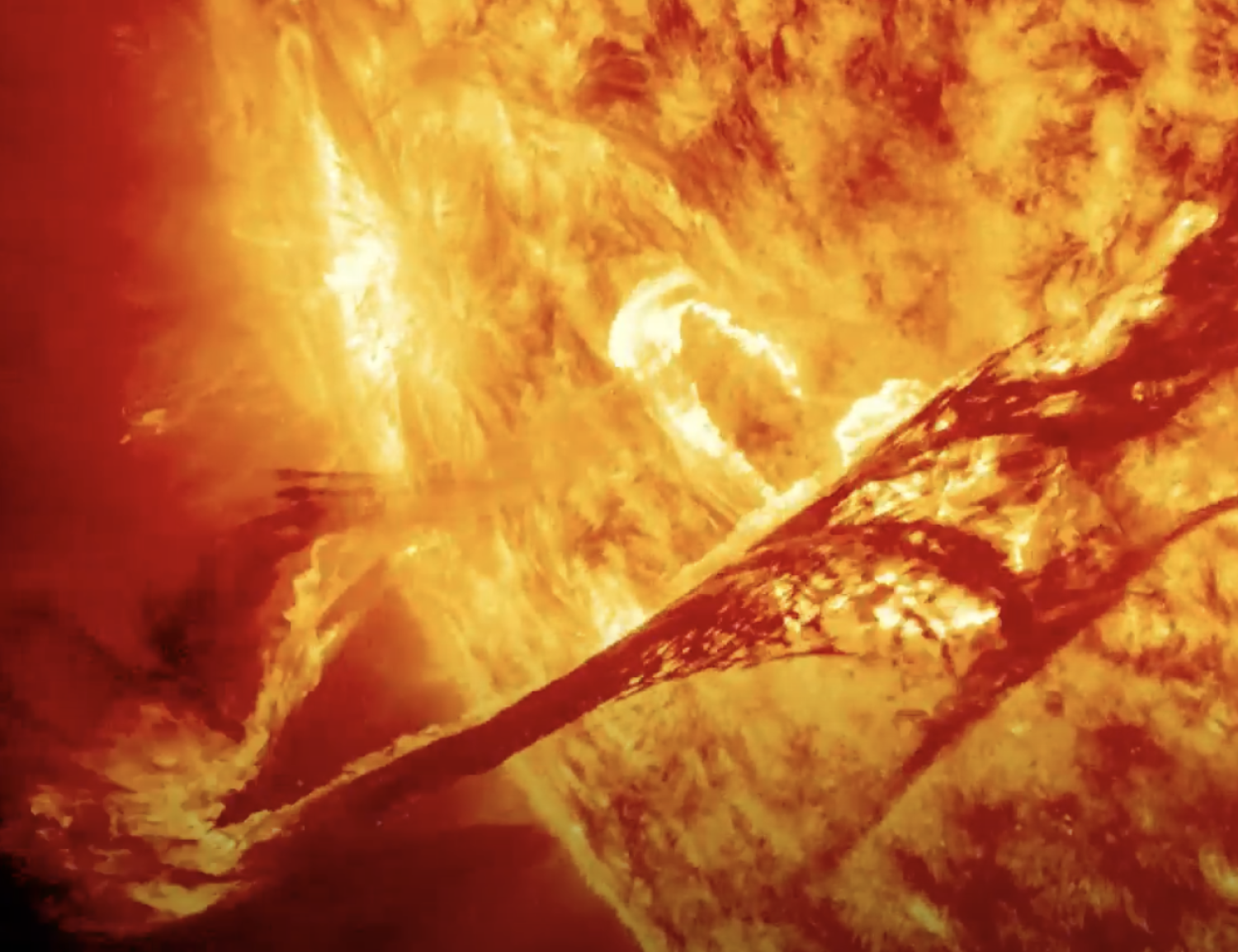The Next Big Solar Storm Could Fry the Grid
One day, you wake up, and the power is out. You try to get information on your phone, and you have no internet access. Gradually you discover millions of people across the U.S. are in the same situation–one that will bring months or years of rebuilding.
A gigantic solar storm has hit Earth.
To get ahead of this threat, a loose federation of U.S. and international government agencies, and hundreds of scientists affiliated with those bodies, have begun working on how to make predictions about what our Sun might do. And a small but growing cadre of scientists argue that artificial intelligence will be an essential component of efforts to give us advance notice of such a storm.
Already, the first primitive ancestor of future AI-based solar-weather alert systems is live. [SWx TREC's] DstLive system, which debuted on the web in December 2022, uses machine learning to take data about the state of Earth’s magnetic field and the solar wind and translate both into a single measure for the entire planet, known as DST.
More information on this grant can be found in this Wall Street Journal article.


